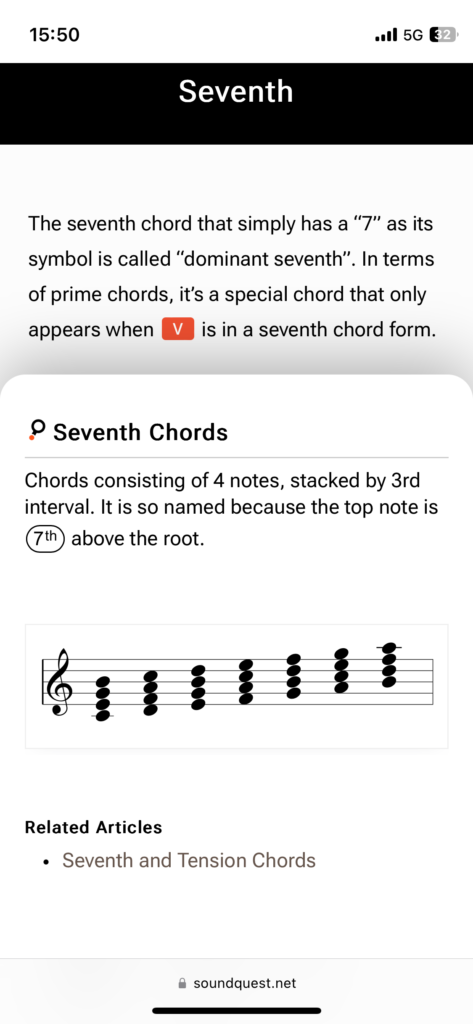Contents
Some basic notes on using this website is here.
1.File Formats
Music Players
We use audio players like this:
Playing before page load completion might result in failure. Please reload the page in that case.
Embedded Players
We also use preview links by Apple Music or Spotify.
Without signing in you can listen to 30 or 90 seconds preview. And we choose songs that have the very point to discuss within the previews. Therefore, there’s no need to sign in. In fact, signing in may make it more difficult to identify where the explanation corresponds to. So, we strongly recommend browsing while signed out.
Please note that depending on your internet connection, the preview audio may not load properly, resulting in the audio not playing. If that happens, try reloading the page or accessing it again after some time if the issue persists.
Scores or Images
Most of the images in this website is svg format.
Many images on the site, such as chord charts, use the “svg” file format. SVG is a type of image format known as “vector” format, which means that unlike jpg or png files, the image quality remains crisp even when scaled up.
If your internet browser is very outdated, it may not support SVG. We recommend viewing the site using common browsers like Chrome or Edge.
2.Functionality
Help Tooltips
One of the biggest enemies in learning music theory is the event of “Specialized terms explained with other specialized terms whose meanings you don’t remember”. To avoid this, this site implements the help tooltip function.
- Tonal Center
- RNA
- Slash chords
↑If you hover over them on PC or tap on mobile, the meaning should be displayed in a popup. This is the help function. Emphasizing readability, there is no visible difference in appearance, so if you encounter an unfamiliar word, try hovering over it, expecting it to be registered in the database.
In a mobile environment, if displayed correctly, the design should overlap with cards at the bottom, as shown in the image below.
On mobile, tapping outside the popup area should close it.
However, if unfamiliar words again appear in the explanation of the help, there’s no helping it😭. In that case, we recommend searching for words from the glossary index page.
Also note that, as you progress to later chapters, basic terms will no longer appear in popups. This is because popups for too much basic terms would rather be distractive than helpful.
Annotations
Annotations are sometimes used to add miscellaneous information. → 1
Mainly this feature is used to show the source of information which may not be common among people, or extra notes in case some detail-oriented people feel dissatisfied with an explanation. These annotations serve as “additional information for those who are interested in details,” so proceeding without reading them should not pose any problems for understanding the theory.
3.Display Options
Logged-in users can select several options related to display from the Edit Profile page.
- Display Font
You can choose from several display fonts for the body text. - Indication for Help Tooltips
Underline the keywords with the help tooltip available. - Color Universal Design
Reduce the use of green to red coloring and replace it with designs using blue with different brightness levels and stripes.

